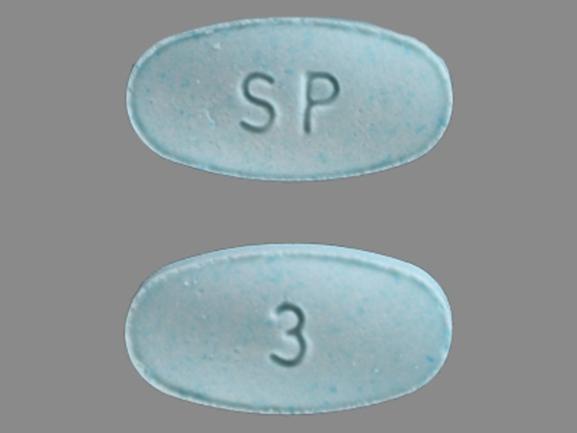Silenor Interactions
There are 707 drugs known to interact with Silenor (doxepin), along with 26 disease interactions, and 1 alcohol/food interaction. Of the total drug interactions, 144 are major, 539 are moderate, and 24 are minor.
- View all 707 medications that may interact with Silenor
- View Silenor alcohol/food interactions (1)
- View Silenor disease interactions (26)
Most frequently checked interactions
View interaction reports for Silenor (doxepin) and the medicines listed below.
- alprazolam
- Ambien (zolpidem)
- amitriptyline
- amlodipine
- atorvastatin
- Belsomra (suvorexant)
- bupropion
- clonazepam
- cyclobenzaprine
- Cymbalta (duloxetine)
- Flexeril (cyclobenzaprine)
- gabapentin
- ibuprofen
- levothyroxine
- lisinopril
- Lyrica (pregabalin)
- melatonin
- metformin
- mirtazapine
- omeprazole
- pantoprazole
- prednisone
- propranolol
- Synthroid (levothyroxine)
- tizanidine
- tramadol
- trazodone
- Vitamin B12 (cyanocobalamin)
- Vitamin D3 (cholecalciferol)
- Xanax (alprazolam)
Silenor alcohol/food interactions
There is 1 alcohol/food interaction with Silenor (doxepin).
Silenor disease interactions
There are 26 disease interactions with Silenor (doxepin) which include:
- depression
- anticholinergic effects
- anticholinergic effects
- cardiovascular disease
- pheochromocytoma
- acute myocardial infarction recovery
- cardiovascular disease
- seizure disorders
- glaucoma
- liver disease
- renal/liver disease
- bipolar screening
- bone marrow suppression
- diabetes
- renal/liver disease
- schizophrenia/bipolar disorder
- tardive dyskinesia
- acute alcohol intoxication
- bipolar disorder screening
- glaucoma
- hyper/hypoglycemia
- liver/renal disease
- neutropenia
- schizophrenia
- thyroid disorders
- urinary retention
More about Silenor (doxepin)
- Silenor consumer information
- Compare alternatives
- Reviews (127)
- Drug images
- Side effects
- Dosage information
- During pregnancy
- Generic availability
- FDA approval history
- Drug class: miscellaneous anxiolytics, sedatives and hypnotics
- Breastfeeding
- En español
Related treatment guides
Drug Interaction Classification
| Highly clinically significant. Avoid combinations; the risk of the interaction outweighs the benefit. | |
| Moderately clinically significant. Usually avoid combinations; use it only under special circumstances. | |
| Minimally clinically significant. Minimize risk; assess risk and consider an alternative drug, take steps to circumvent the interaction risk and/or institute a monitoring plan. | |
| No interaction information available. |
See also:
Further information
Always consult your healthcare provider to ensure the information displayed on this page applies to your personal circumstances.


